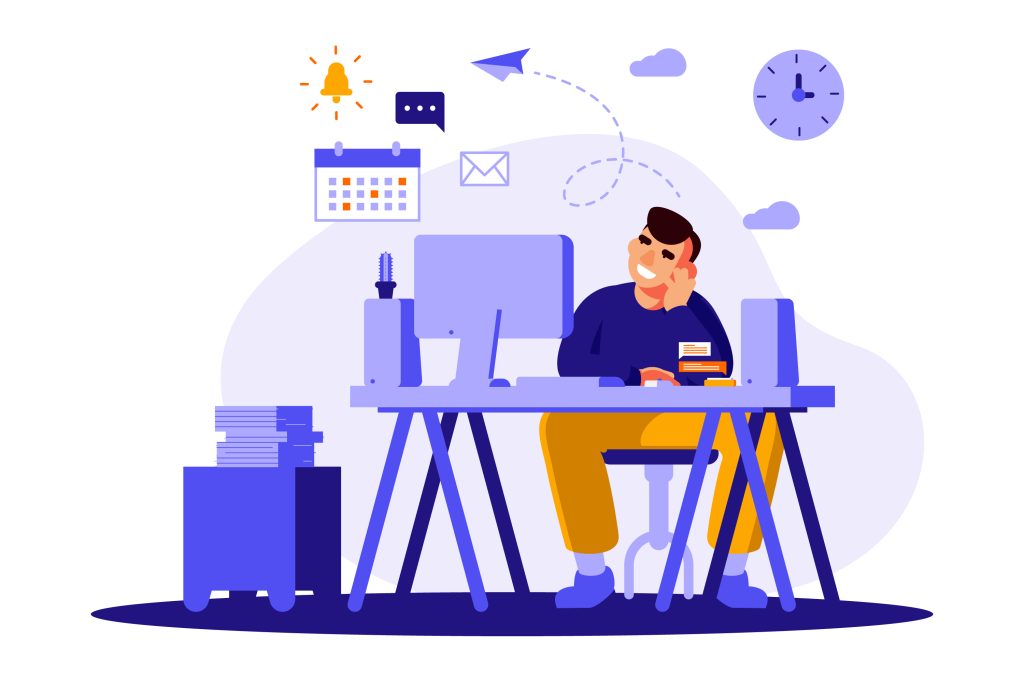The connection between low-stim environments and focus is gaining serious attention across workspaces, digital design, and wellness research. As our lives become increasingly saturated with notifications, noise, and screen glare, many are realizing that overstimulation may be the hidden barrier to deep, sustained attention.
From minimalist offices to distraction-free app interfaces, low-stim environments are being designed not just for aesthetic reasons, but to improve cognitive clarity. In a world where burnout and attention fatigue are on the rise, understanding how surroundings shape mental performance has never been more relevant.

The Emerging Trend: Low-Stim Environments in Design and Tech
One of the most significant shifts in workspace and digital design is the growing preference for less stimulation. This doesn’t mean sterile or boring—it means intentional.
Designers, developers, and behavioral researchers are collaborating to strip away distractions and return to simplicity, not as an aesthetic choice but as a neurological advantage.
Some trending implementations include:
- Monotone color schemes in coworking spaces
- Reduced push notification UX in productivity apps
- Noise-controlled architecture in schools and offices
- “Focus mode” defaults in smartphones and tablets
This shift aligns with findings from attention researchers who argue that our brains are constantly filtering irrelevant stimuli—costing us cognitive energy that could be better used for deep work.
Why Low-Stim Environments Enhance Focus
Low-stim environments support the brain’s limited capacity for processing. When sensory input is minimized, the brain conserves resources that would otherwise be spent ignoring irrelevant cues.
1. They reduce cognitive load
In a high-stim setting—bright lights, movement, loud audio, multiple tabs—the brain expends constant effort just to stay on task. In contrast, environments with fewer distractions free up mental bandwidth. This aligns with research from the Cognitive Neuroscience Society showing that a cluttered environment increases the brain’s error-monitoring activity, leading to faster fatigue.
2. They encourage task immersion
Focus isn’t just about willpower—it’s about context. A clean desk or a muted screen allows you to “drop in” faster and stay longer. According to Journal of Environmental Psychology (2022), even minor visual clutter can increase cortisol levels, making sustained concentration more difficult.
3. They signal intention
When an environment is purpose-built for one thing—thinking, reading, planning—it triggers a contextual response in the brain. Environmental cues silently remind the brain of the intended task, lowering the barrier to entry.
Case Study: The Rise of Low-Stim Design in Apps
Digital product designers are also taking note. Popular productivity apps like Notion, Obsidian, and iA Writer have moved toward visually minimal, low-color interfaces that reduce visual fatigue. These aren’t just stylistic changes—they’re grounded in behavioral science.
In 2024, the design team at Notion reported that their focus mode led to longer average session times and fewer app-switching events per user. Meanwhile, iA Writer has built its entire UX around keeping users in a single visual context, citing studies on “attention residue” as justification.
How to Build a Low-Stim Space of Your Own
The appeal of low-stim environments isn’t limited to designers or tech companies. Anyone can apply these principles to daily life. Here’s how:
1. Simplify your work setup
- Use a single monitor when possible.
- Keep only the essentials on your desk.
- Turn off non-essential desktop notifications.
2. Tweak your digital space
- Enable dark mode or grayscale on devices.
- Use apps with distraction-free interfaces.
- Mute group chats during deep work periods.
3. Control your sensory inputs
- Use noise-canceling headphones or play low-volume ambient sounds.
- Limit visual clutter in your line of sight.
- Reduce or eliminate background TV or music.
A Workplace Shift: Why Employers Are Rethinking Stimulation
The modern office is beginning to reflect these findings. While open-plan layouts once symbolized transparency and collaboration, many companies are reintroducing quiet rooms, low-light zones, and acoustic pods.
In a study conducted by Future Workplace Research in 2023, 65% of employees said they could only do their “real thinking” in secluded, minimal environments. In response, some Fortune 500 companies have begun offering low-stim environments as part of wellness programs, citing improvements in employee satisfaction and focus metrics.
Where the Science Meets Practice: Neurological Backing
Neurologists support these trends, citing sensory processing as a finite resource. Dr. Gloria Mark, author of Attention Span (2023), notes that we often mistake boredom or fatigue for a lack of motivation—when in fact, our brains are overloaded by ambient stimulation.
Functional MRI studies reveal that the brain enters a different mode when placed in quiet, minimally stimulating settings. The default mode network (DMN)—which is active during introspective and creative thought—engages more readily in such conditions, promoting ideation and problem-solving.
Why This Matters Now: Focus Is the New Currency
With remote work, AI assistance, and asynchronous communication, our ability to focus is becoming a more significant professional advantage. In saturated information environments, the most valuable skill is knowing how to shield your attention.
Low-stim environments aren’t about tuning out the world entirely—they’re about tuning in to what actually matters.
Conclusion: Reconsidering the Value of Less
Low-stim environments are not a design trend—they’re a recalibration of how we manage attention. By minimizing noise, both literal and metaphorical, we create the conditions for clarity, momentum, and deep work.
The data is clear: environments that limit stimulation do more than look calm—they make you calm. And in a world where attention is scattered across dozens of tabs and threads, calm is the prerequisite for focus.
Reference
- UX Collective (2024) Why Focused Interfaces Matter in a Distracted World. Available at: https://uxdesign.cc (Accessed: 23 June 2025).
- Future Workplace Research (2023) Workplace Design and Cognitive Performance. Available at: https://futureworkplace.com (Accessed: 23 June 2025).
- Mark, G. (2023) Attention Span. Available at: https://books.google.com (Accessed: 23 June 2025).





